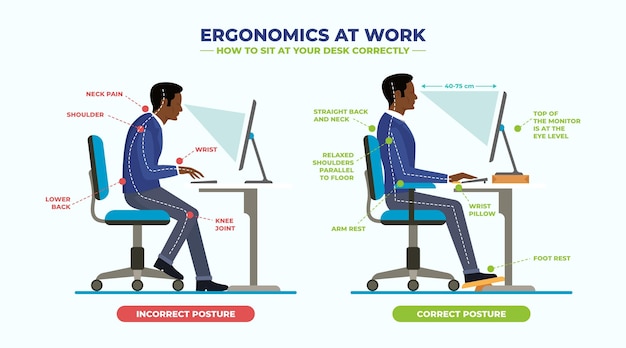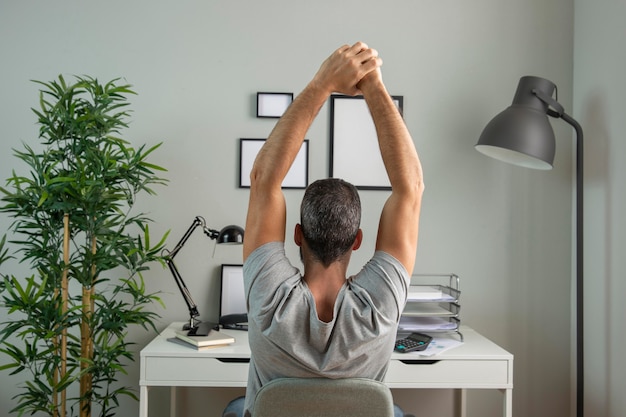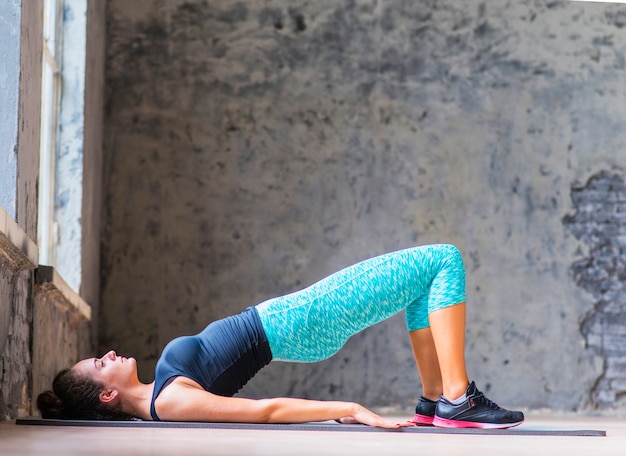Spending long hours at a desk can take a silent toll on your body. Stiff shoulders, tight hips, and lower back pain are common complaints among office workers. The good news? Incorporating flexibility training into your daily routine can significantly reduce injury risk, improve posture, and increase energy levels—no gym required.
Sitting for prolonged periods causes muscles to shorten and tighten, especially in the hip flexors, hamstrings, chest, and neck. Over time, this contributes to poor posture, reduced mobility, and a higher risk of musculoskeletal injuries. Flexibility training helps counteract these effects by lengthening muscles, improving joint range of motion, and enhancing blood flow.
Regular stretching also supports mental clarity and reduces stress—two major benefits for productivity in the workplace.

You don’t need extra time or equipment to start improving flexibility. Try these beginner-friendly stretches right at your workstation:
Consistency is key. Aim for just 5–10 minutes of stretching each day. Here’s a sample routine you can follow:

Tracking helps you stay motivated and notice improvements over time. Try these practical tracking methods:
Motivation fades, but cues can keep you on track. Use these reminders to build a lasting habit:
Stretching is most effective when timed correctly:
Flexibility gains take time. Never push into pain. A gentle pull is normal; sharp or persistent discomfort is not. Respect your limits and progress gradually.
If you have a pre-existing condition or chronic pain, consult a healthcare provider before starting any new routine.
Improving flexibility isn’t about touching your toes—it’s about moving through your day with more ease, less pain, and greater resilience. For office workers, even small daily efforts can lead to noticeable improvements in comfort, focus, and overall well-being.
Start small, stay consistent, and celebrate every step forward. Your body will thank you.

Wellness

Wellness

Wellness

Wellness

Health

Wellness

Wellness

Fitness

Fitness

Fitness

Fitness

Fitness

Health

Fitness

Health

Health